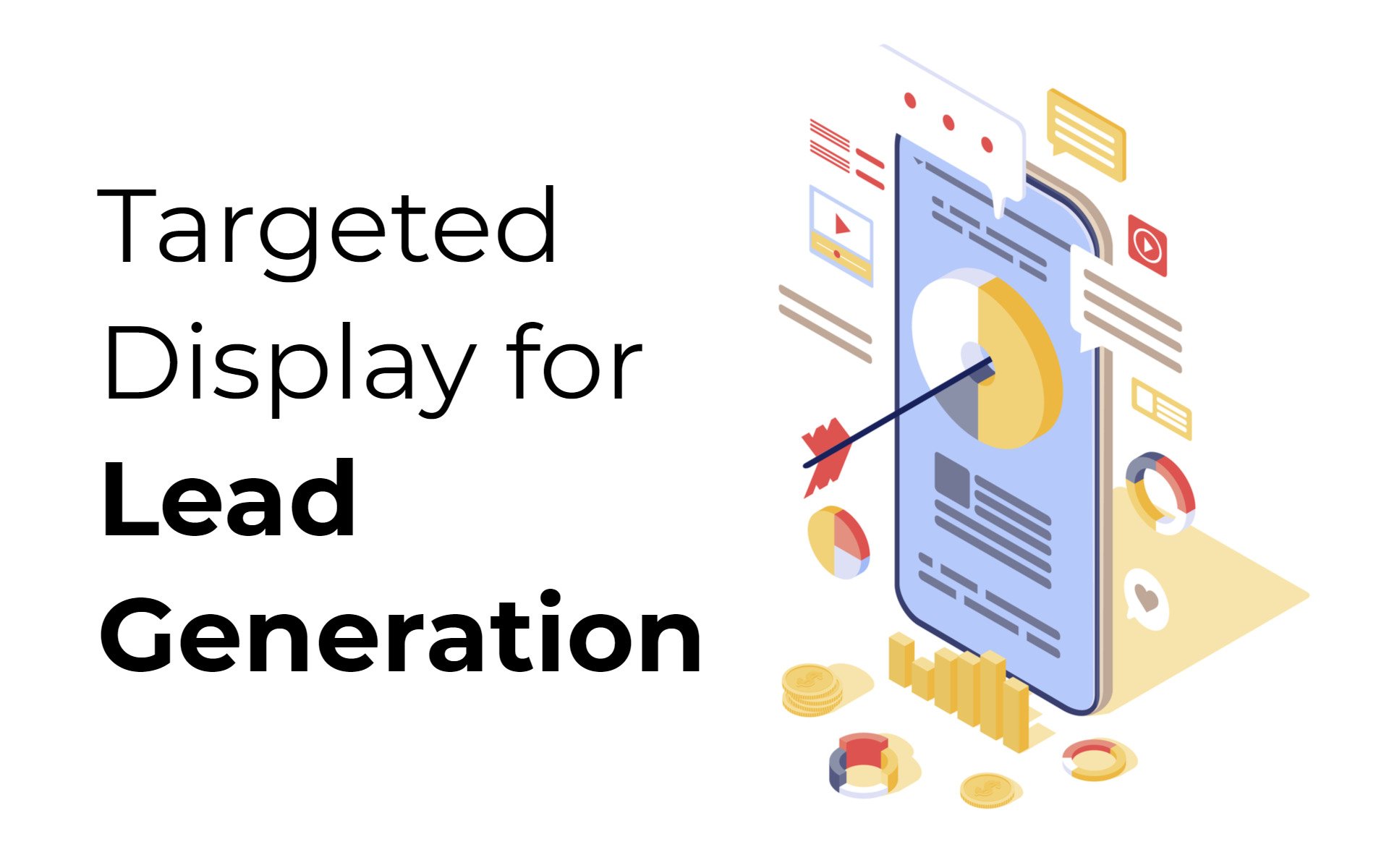
Targeted Display for Lead Generation
Having trouble attracting your target audience to your brand? As a business, you may ask yourself, “How do I get my products and services in front of interested consumers?”
Driving leads is an important first step in any business. Making sure those leads are qualified, only helps add revenue to the bottom line. Targeted Display can help generate leads, and allow you to utilize target and attract your brand’s intended audience. It allows you the ability to target a specific consumer as they go about their day scrolling through websites and apps on their devices. If you are new to targeted display marketing, here are six common questions people have about targeted display.
How can Targeted Display be Used to Generate Leads?
Site Retargeting
Site retargeting tags a consumer who visited your website but did not go through with a purchase or other conversion. After leaving the site, the consumer will be served ads featuring a product or service as they continue to browse the internet.
Example: A zoo looking to increase donations could use this tactic to follow up with anyone who visited their website in the past 90 days and redirect them to the donation page.
Search Retargeting
Consumers are retargeted based on their previous searches. A set list of keywords is applied so your target audience is composed of individuals who have expressed interest in a similar product or service.
Example: You are in the market for a new vehicle and you start researching blogs and other online resources to determine which vehicle is best for you. If your local car dealer was utilizing this tool, they could place targeted ads where you spend your time online. This technique has proven to be effective for car dealerships, as consumers prefer to perform research online before they begin the car purchase process.
Category Contextual Targeting
This tactic targets consumers who visit pages with related content that fall into pre-assigned categories.
Example: A topsoil company found this tactic to be very helpful. They were able to tap into consumers with interests in home improvement categories to produce a larger consumer audience.
Geofence Targeting
Geofencing is a virtual perimeter for a real-world geographic area that triggers when a mobile device enters the virtual boundary. Imagine being able to direct ads to consumers who are shopping at your competitor’s location.
Example: This tactic has been very effective for Jewelry stores who are able to target competitor locations and showcase their products or prices.
Event Targeting
This tactic works in a similar fashion to the geofence tactic. It allows the virtual boundary to be active during a set amount of time on a specific day.
Example: Flooring companies have used this tactic to target consumers who attend home shows or expos who are looking for design ideas and home improvement.
Addressable Geofencing
Reach certain households within a range of zip codes where the audience fits within demographic, behavioral, or interest parameters.
Example: Entertainment businesses have had success using this tactic as they are able to target families who have interests and behaviors that fit with the activities they offer.
These tactics have proven to be useful in targeting consumers who are unfamiliar with your brand. Good practice of these targeted display tactics will increase leads to your site.
Now it’s time to get to work. Do not fret if you have questions about which tactics to choose, or how the tactics will help your business. That’s where we come in! We’d love to help you use these advertising tools as a way to grow your business.
Reach out to our team of marketing mixologists and we’ll create a perfect recipe to drive results for your business.
- Social Media Nightmares
- Chasing A Branded BBQ Legend
- So You’re Telling Me There’s A Chance!
- What the Influencers Said
- How to Delight Your Customers



